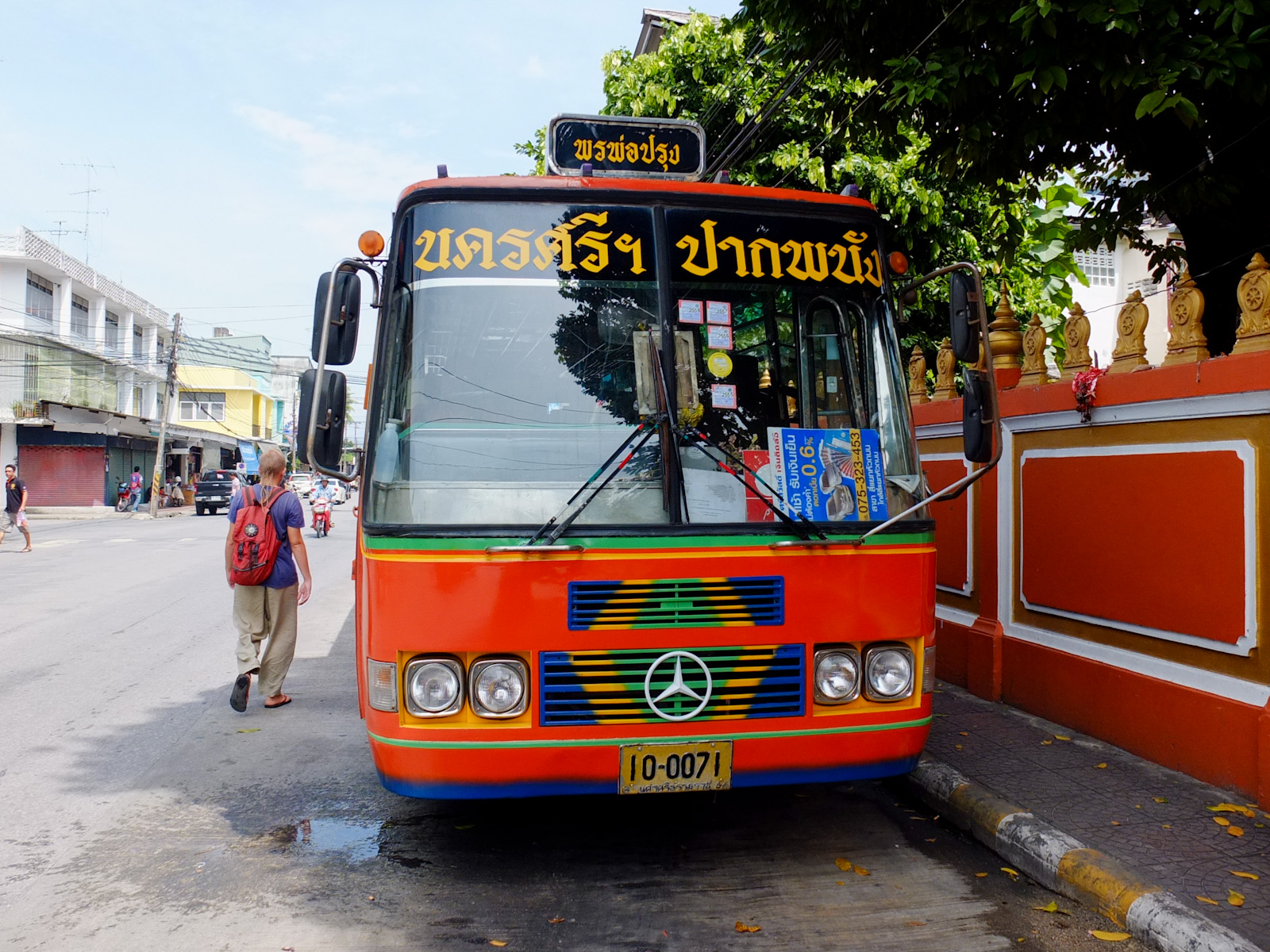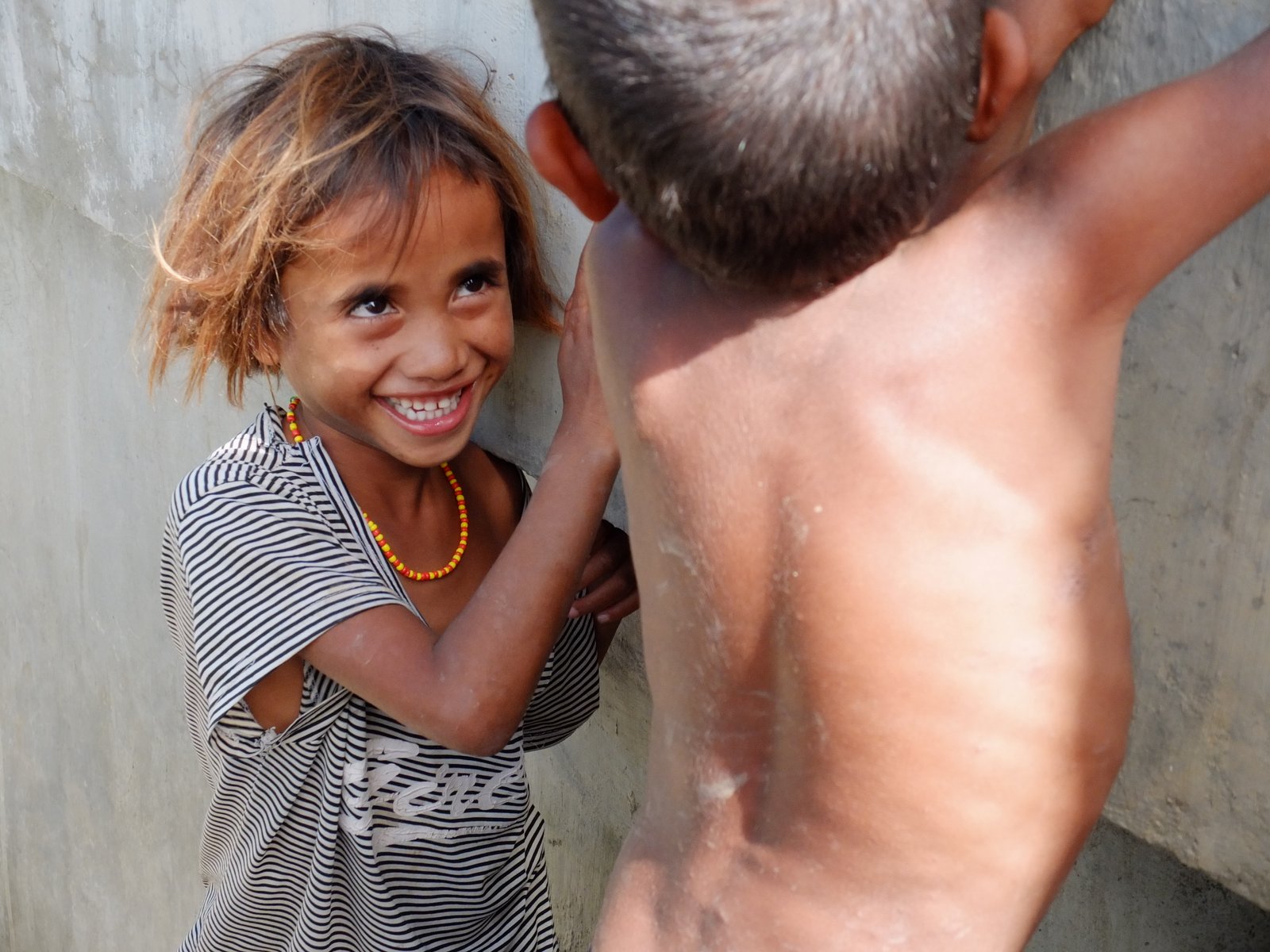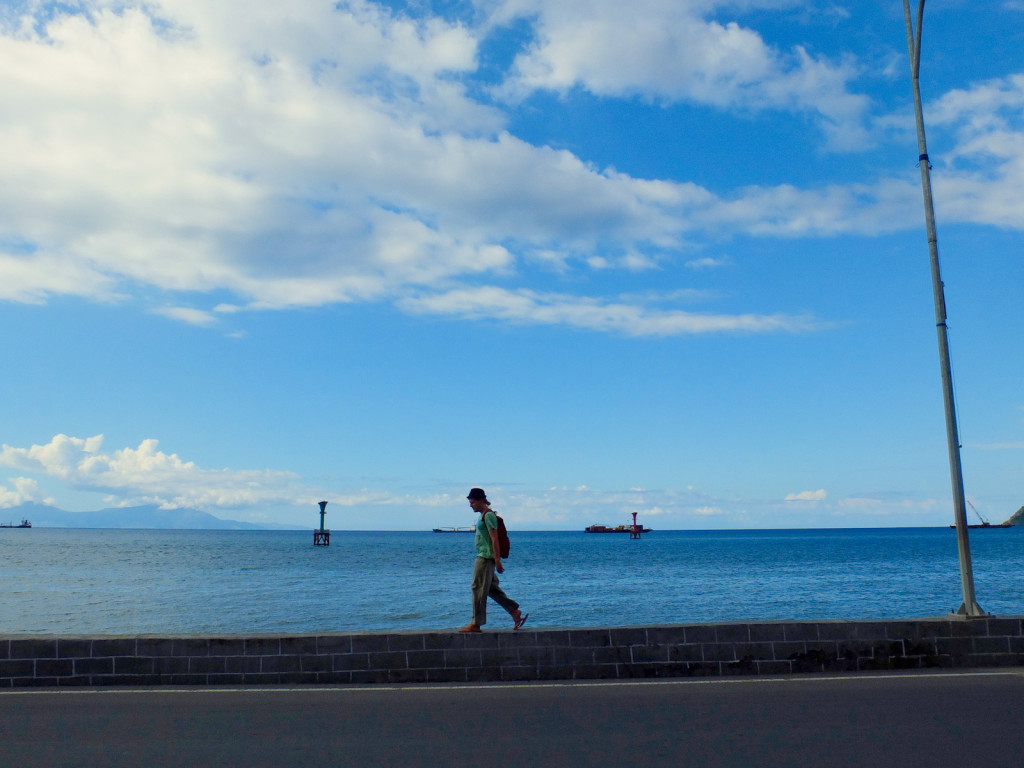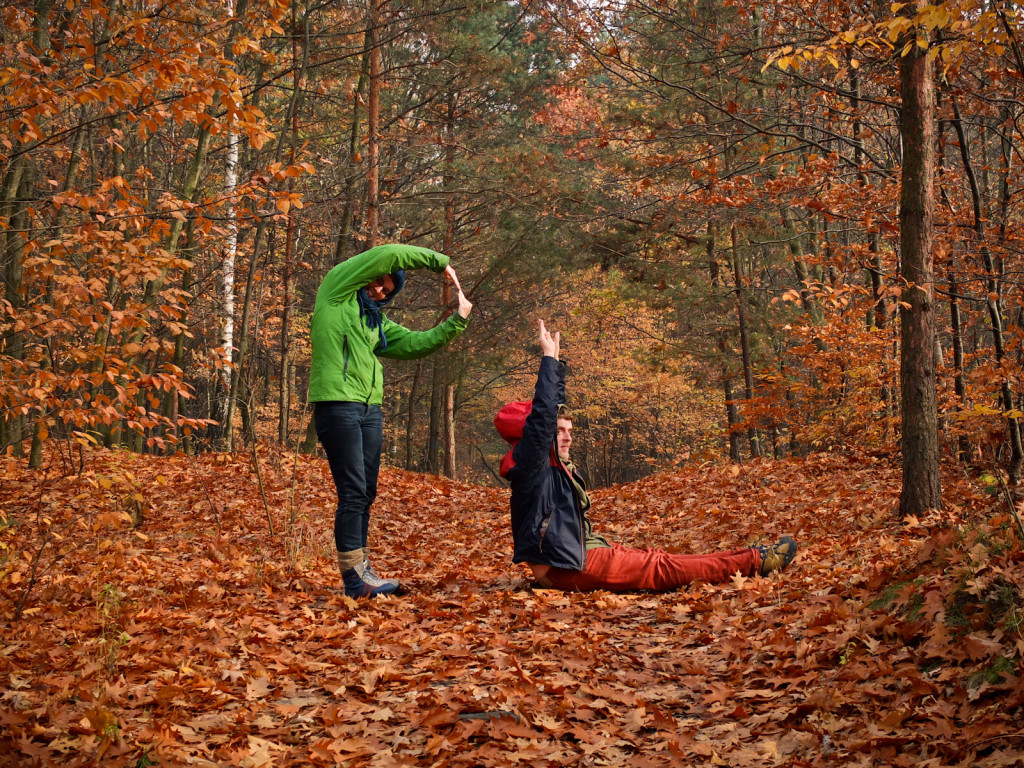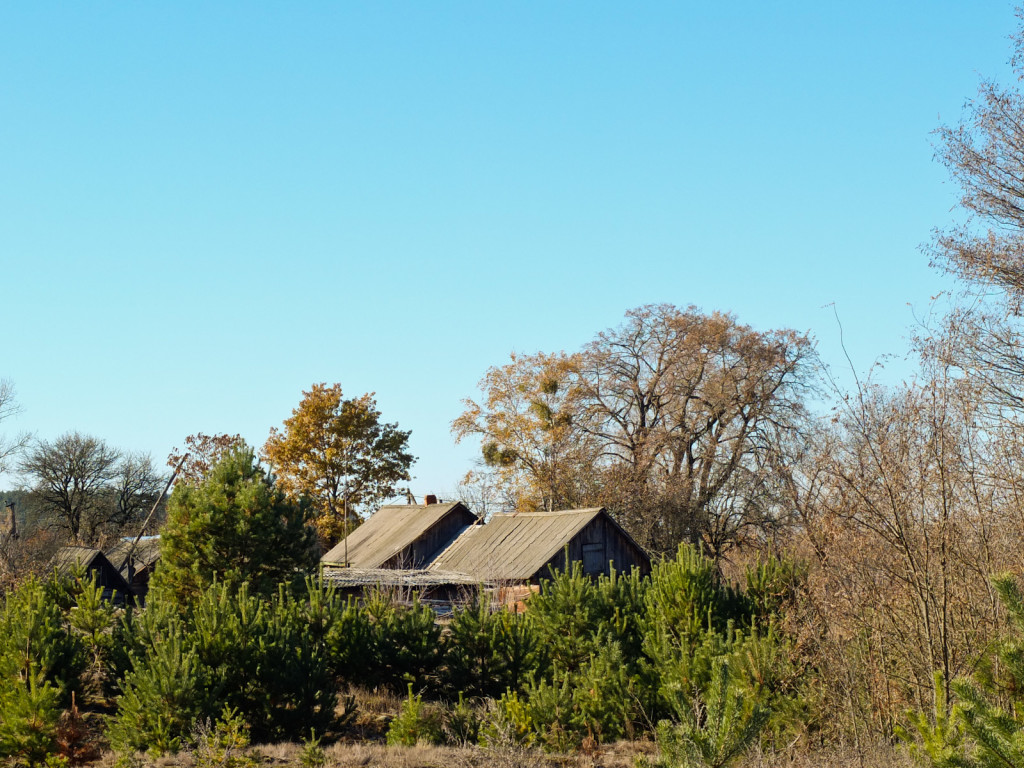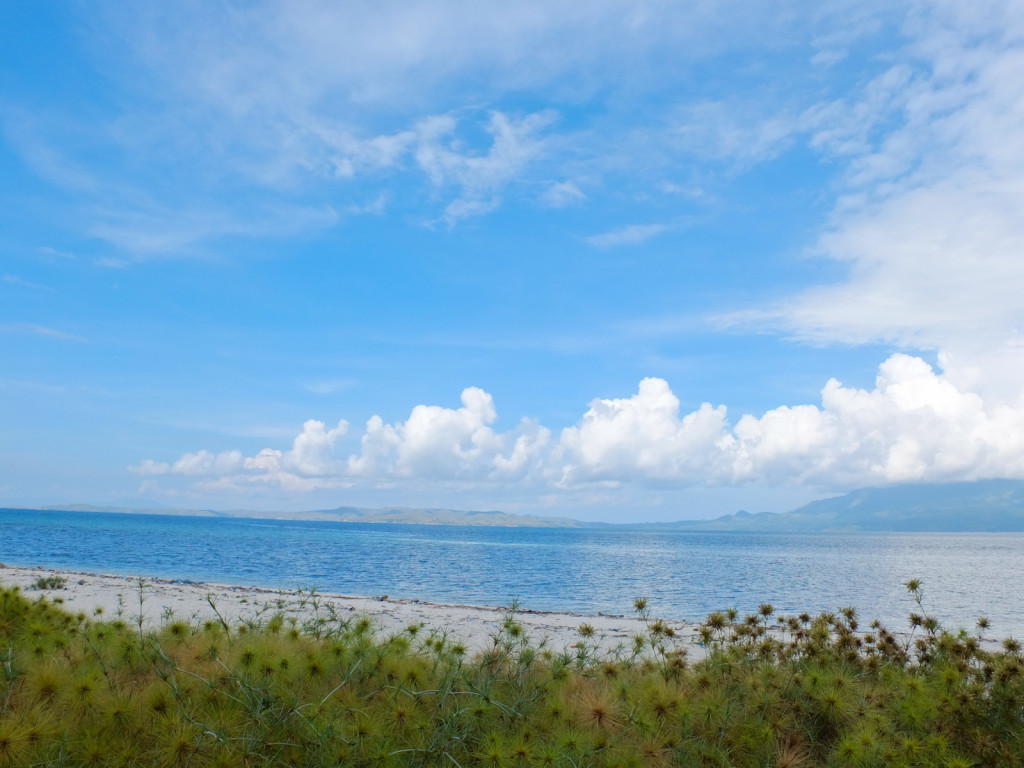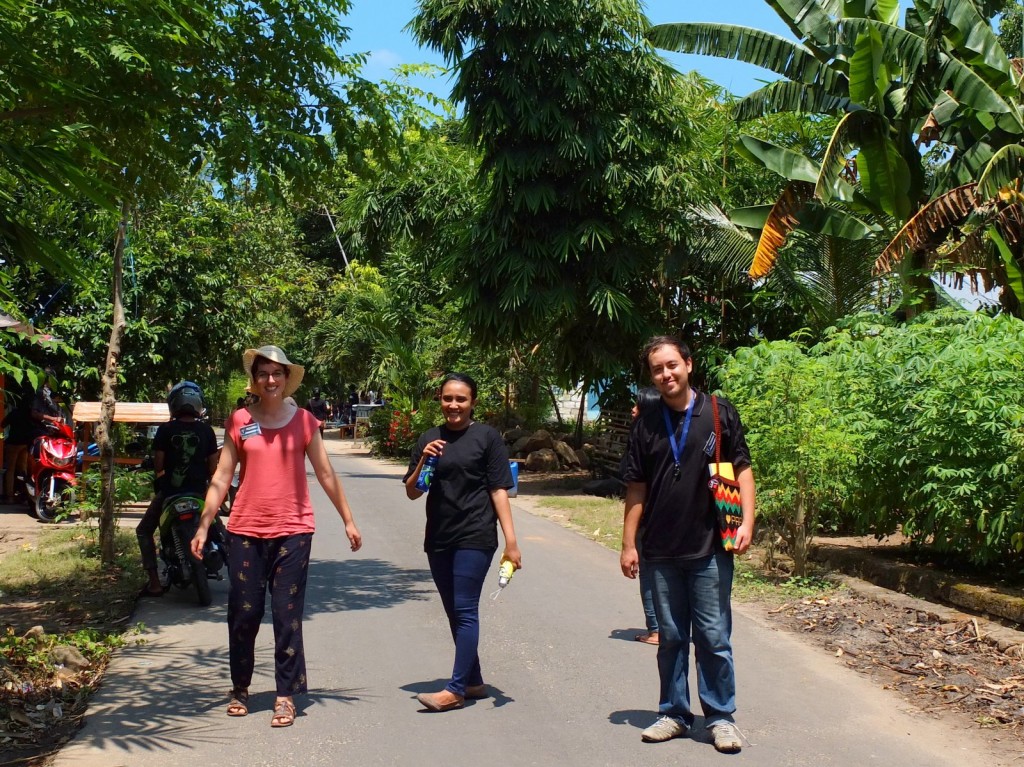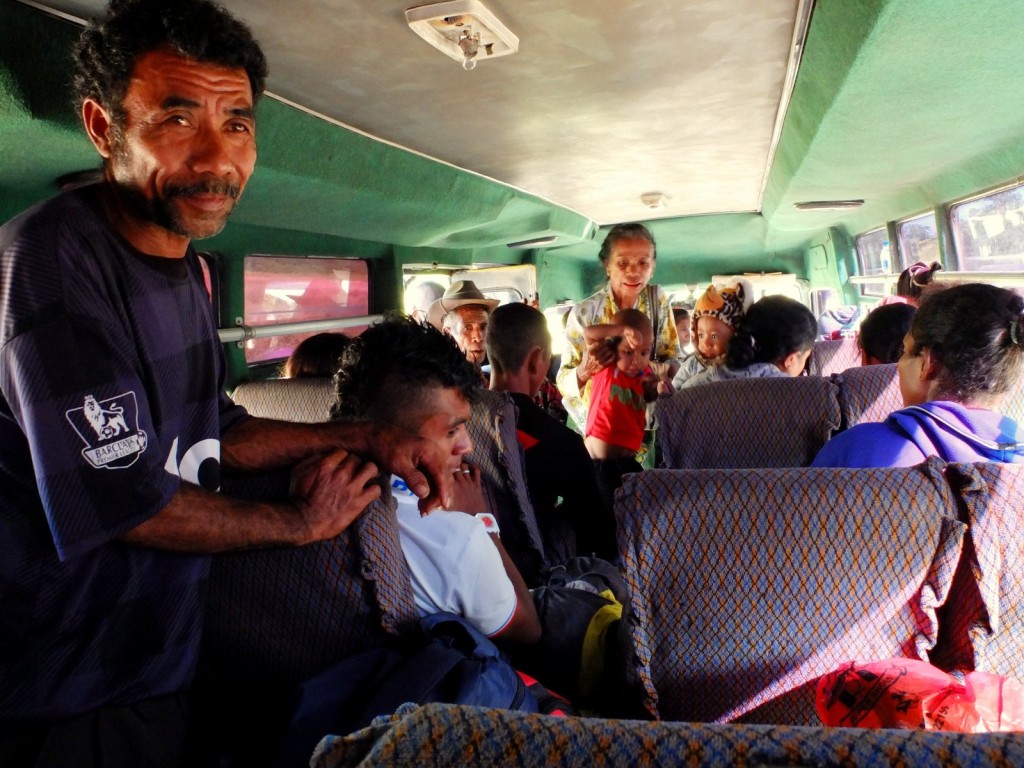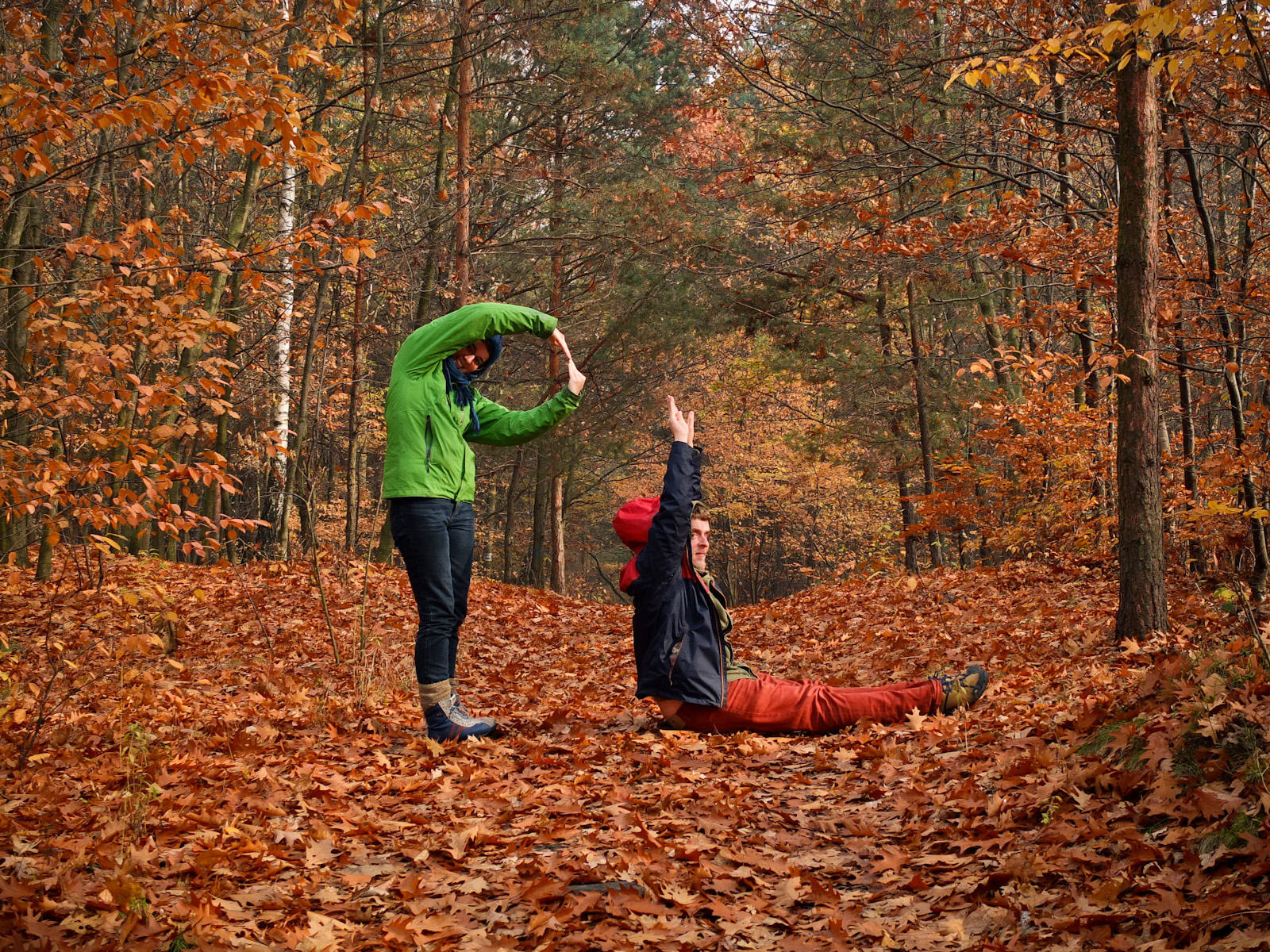
Tag: Rural development
4 STEPS TO A CONSCIOUS TRAVEL
This article was first published on tourism_LOG blog where it was one of the winning pieces of the “Fair travelling and experiencing the world” competition. It’s a shortened version of 5 WAYS TO BE A CONSCIOUS TRAVELLER post with text cut down to minimum for a quick read.
Travelling to far away countries has become a possibility for more people than ever before. This is really exciting as travel is the best education we can get, helping us to become an informed global citizen. But no one ever really teaches us how we should travel…
We fly, sail, Interrail, cycle or hitch-hike around the world, staying in hostels, resorts, home-stays, couch-surfing… But how to get most of our trips while making sure we respect people and places we visit? How to be a CONSCIOUS TRAVELLER?
With our Drop The Tension project we have travelled from Australia to Europe without flights, looking for answers to this question. Here’s some of what we learned… Continue Reading →
5 WAYS TO BE A CONSCIOUS TRAVELLER
Cheap airfares are making overseas travel a possibility for more people than ever before. This is really exciting, as travel is the best education we can give ourselves to become informed global citizens. But on the other hand, no one ever really teaches us how we should travel….
We brushed up against many different forms of tourism on our overland journey half-way round the world, and it seems to us there is plenty of room for more conversations around conscious travel. In fact, if it was up to us it would be a compulsory school subject ;). Travelling “right” is really a double-sided coin that comes down to:
- Ensuring proper respect to the people of the places we visit
- Ensuring travellers get the most out of their trips abroad.
This article is Drop The Tension‘s first in our series of useful information to help backpacker-local interactions be positive experiences for both sides. Take this as a guide for anyone heading overseas. But it might be especially useful for a young person heading off backpacking for the first time (Know someone? Share this their way!), especially if you’re travelling solo (we think you’re awesome :))
We’re not into rules and remind you that this is just a guide of things to keep in mind. Common sense is the first thing you should pack for the trip and it’ll help you determine what is appropriate for your given situation. Any questions or comments, please contact us below – we’d love to start a discussion around this topic!
So, WHAT IS CONSCIOUS TRAVEL?
Conscious travel is about being aware of the impact your being there has on a place. A conscious traveller should strive to keep their travel low-impact. In this, I mean that we don’t want the places we visit to change dramatically through our visit. It’s that old rule ‘leave things as you found them… or a little bit better.’
Your impact includes everything from:
- The cultural impact: in some destinations, you’ll find yourself getting a lot of attention as a foreigner. The world round, people are listening to western music and watching Hollywood films. Seeing you can sometimes be the movies ‘coming to life’. People will be watching how you behave and might even copy what you do. While in the ‘spotlight’, don’t behave in a way you wouldn’t want to be copied… Don’t make yourself (or your country) famous for something you wouldn’t want it to be famous for!
- Your environmental impact: many places in the world lack environmental education. If locals are paying attention to your behaviour, disposing of rubbish (which, by the way, was introduced to the rest of the world by ‘The West’, without even a hint as to what to do with it!) correctly or refilling plastic water bottles where possible can start showing people other ways of doing things that care for the surroundings.
- The impact of where and how you spend your money.
Sabu Island
While we at DTT are busy organising a visa for Wendy in Europe and planning the project’s future; We would like to kick-off 2016 with our first guest article by our dear friend Nick Metherall. Nick has spent several years living, studying and volunteering in Indonesia, during which time his heart was captured by Eastern Indonesia’s Nusa Tenggara Timur (NTT, ‘Southeastern Land’s East’). Nick is a specialist in the remote region, often neglected by politicians, international markets and researchers alike. Nick was an absolute wealth of knowledge for our journey through Indonesia, putting us in touch with some truly amazing communities and families. Eastern Indonesia is one of the most special places we visited in our journey and thanks to these connections, we were able to dive into the depths of its complexities. While we are still finding the words to describe our experiences in the region, we know we’ll be returning to this topic again. We wish to stress that this is a most fascinating place, because of the cultural diversity of the region from which there is so much that can be learnt, not to mention its picturesque beauty. As Australia’s closest neighbour, Eastern Indonesia certainly deserves a greater focus. But let’s hear Nick’s voice first…
Almost exactly a year ago I was on the small island of Sabu Raijua, in Eastern Indonesia. Far off the beaten track, Sabu is located southwest of Kupang, Timor and northwest of Darwin, Australia. This is one of the driest and most remote islands in the province of East Nusa Tenggara and Indonesia more widely. Through visiting Sabu I learned a great deal about how the small-scale farming communities in such rural areas are able to survive the challenging conditions of living on one of the driest islands of Indonesia. I also had some adventures along the way which involved riding my motorbike all around the semi-arid island, staying in villages and farms, learning of sabu sugar and even a bomb scare…
[codepeople-post-map] Continue Reading →
We made it: Australia to Poland NO FLIGHTS!
Today we are writing to you from POLAND!!!!!!!!! We have made it the whole 25,000km from Wendy’s Melbourne, Australia, to where we sit now in lounge room of Jurek’s mother in Katowice, Poland, without taking a single flight! Around 15,000km of the way, we hitch-hiked. Project Drop the tension was cooked up while hitch-hiking east coast Australia – why don’t we keep going to Poland? we thought. We wanted to travel to get ideas and inspiration from different cultures for ways to live our own lives and decided that might be interesting for other people too. Wanting to travel consciously, our idea was broadly to explore cultures of sharing along our flight-less way: to meet people from a range of diverse backgrounds taking local action for more a human-friendly world. 1 year, 2 months and 10 days later, we’ve made it! We have officially completed our conscious overland journey crossing halfway round the globe, visiting 15 different nations. WOW!
It’s surreal for us to be here and have our clothes folded away in drawers (!); we imagine it will take some time to adjust back into living life in one place. No doubt we will have many more ideas, reflections and perhaps conclusions to share with you in the coming weeks and months as we fully churn all the experiences that have gotten us to where we are now. But for now, we wanted to mark the achievement by looking at some of the huge contrasts we’ve had along our way:
Continue Reading →
Red October
What was the name of this village before the revolution? “There was no village here before the revolution, it was a river here,” says Kirill (36), whose family are the only permanent dwellers of Чырвоны Кастрычник (Chyrvony Kastrychnik, Red October in Belarussian), “In the early years of the Soviet Union, they straightened up the Dnieper River for navigation. People from an overpopulated village nearby moved here then.” The whole region of Polesia, full of swamps and flooding rivers, has long been ignored by history. Local folks spoke their own language that had no name, they were calling it “our speech”. Even in the interwar period of 1918-1939, many dwellers of Polesia were not seeing themselves as belonging to any nation – asked who they were, they would answer “we’re from here.” They lived the same way for hundreds of years, growing and collecting food in the summer and in the winter making clothes and other commodities. “Every day of the year had its scheduled tasks, they always knew what to do,” says Kirill, “The oldest people remember it as a very happy time, with almost unlimited freedom.” Everything got changed in the time of the Soviet Union, that is after World War II in the west of Polesia and here – after the October Revolution, the Red October.
Adventurous Sumbawa
Sumbawa is the mysterious island between Flores and Lombok. Mysterious because it was very difficult for us to find any information about the place! The Lonely Planet made it sound like it was better to skip over and our usual go-to online sites, TravelFish and WikiVoyage, were also drawing blanks… Naturally, this made us even more determined to go to Sumbawa and find out for ourselves. Continue Reading →
Summing up Indonesia – part 1
Keeping a blog while travelling is extremely hard. Even harder if your travel is as fast and full of experiences as ours was in Indonesia (we’ve spend the whole April and May there). We found ourselves still posting articles from Timor-Leste when we were already in Singapore.
While articles about particular happenings and organisations are in making (and some of them will be for months), we’ve decided to write a kind of ‘been there done that’ article for the sake of showing you what kind of stuff we’ve been engaging with (and rockin’ it!), as well as documenting dropthetension’s activities.
Hopefully this will show you where we are now with our project, how amazing it’s going and what a learning experience it is for us (to be utilized in the future!) Let’s begin!
MITRA
We want you to meet our friends from eastern Indonesia. They’re a student organisation called MITRA, or ‘partners’ in Bahasa Indonesia. It stands for Mahasiswa Indonesia Timur Relasi Asing, or East Indonesian Students Foreign Relations Society. Their goal? To empower the students of East Indonesia. After travelling East-West across Indonesia, I understand why MITRA’s work is so important.
From the outside, Indonesia seems to be another Muslim, South East Asian country. But it’s actually a complex and extremely diverse “empire” ruling over many different nations and regions, with differing languages, customs and even climates. This is a country made up of more than 17000 islands! I didn’t realise before arrival that Indonesia is the world’s 4th largest population! However, 58% of these people live on Java – the most densely populated island in the world. This skewed population density makes for inequality of resources, as allocated by the central-focused government.
Conscious projects in Timor-Leste
During our visit we met a bunch of passionate people with exciting ideas to help shape the future of Timor-Leste. While you’ll find plenty of foreign aid workers in this new country, surely the Timor of tomorrow is best shaped by those who know it best: Timorese people. Here is a brief look at just some of the cool projects we discovered:
– Arte Moris: walking in off the dusty streets of Dili into the Arte Moris gardens is like arriving in the Berlin underground art scene… In a tropical jungle?! Amazing sculptures made almost entirely of collected rubbish. Litter is everywhere in Timor-Leste, with waterways often looking more like rubbish tips. There is no waste system in place and at best it’ll be burned (which of course isn’t good at all!). So to find people using this rubbish as the raw material to make something beautiful is really exciting. The team of artists who live and work at Atre Moris (the vibe is totally ‘artists squat’), run workshops to encourage local youth in creative expression, interwoven with themes surrounding the environment. Inside we caught an exhibition of two local artists, giving insight into daily life in Dili. Other works combine traditional handicrafts into modern works.
On the road in Asia’s newest nation: Timor-Leste
The bus pulls out of Dili and starts it’s steep ascent. It’s loaded up with people, luggage and bags of rice. Inside and out. 4 people share the seat across from us: grandma, mother and 2 children, trying to avoid my gaze. However, young boys, who can’t be much older than 19, seem to be running the operation and their cigarette smoke, blasting music and testosterone dominate over the other passengers. The aging engine groans, in its upward struggle. Dili, the sea and further out Atauro Island, are visible below us for the first hour, as the climb reaches more than 1000m above sea level. My ears pop. The bus stops a couple of times and the adolescent males open the engine hatch, hit something with a spanner and it comes back to life.

